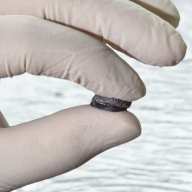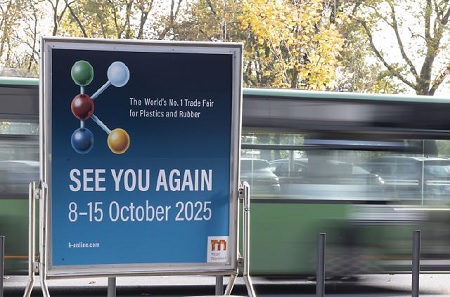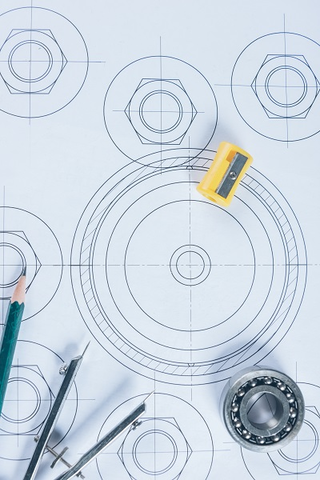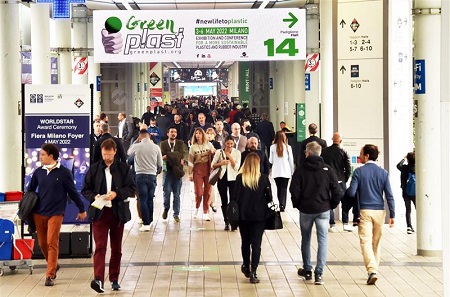
Photo from: Industry Update
Hamed Ghajarnia (PIMI Correspondent in Australia) has informed us of a new material’s discovery and has notofied us that there are two views for this material. We will publish part of each news and lead you to the same news source.
REVOLUTIONARY NEW GRAPHENE ELASTOMER MORE SENSITIVE THAN HUMAN SKIN;
Researchers at Monash University in Melbourne have discovered a new sponge-like material that is more sensitive than human skin.
The new material could have diverse and valuable real-life applications, the researchers say.
For example, it could be used to create soft, tactile robots to help care for elderly people, perform remote surgical procedures or build highly sensitive prosthetic hands.
Graphene-based cellular elastomer, or G-elastomer, is highly sensitive to pressure and vibrations.
Unlike other viscoelastic substances such as polyurethane foam or rubber, G-elastomer bounces back extremely quickly under pressure, despite its exceptionally soft nature. This unique, dynamic response has never been found in existing soft materials, and has excited and intrigued researchers Professor Dan Li and Dr Ling Qiu from the Monash Centre for Atomically Thin Materials (MCATM).
“This graphene elastomer is a flexible, ultra-light material which can detect pressures and vibrations across a broad bandwidth of frequencies, said Dr Qiu.
“It far exceeds the response range of our skin, and it also has a very fast response time, much faster than conventional polymer elastomer.
Australian Scientists Develop Touch-Sensitive Graphene Skin That Stretches And Snaps Back Into Place

There are already machines out there equipped with good pressure sensors, but those sensors are rarely sensitive or durable enough to make the machines as useful as humans at performing fine motor tasks. A new kind of graphene “skin” could change that, making it possible to create touch-sensitive robotic hands or even whole robotic medical assistants.
Using this graphene skin, scientists at Monash University’s Centre for Atomically Thin Materials in Australia have been making stretchable pressure sensors can snap back into shape after being deformed. They can also can sense every minute of the deformation. They describe their results in a new paper in the journal Advanced Materials.
Graphene is the thinnest material known to science, a layer of carbon atoms just one atom thick, arranged in a honeycomb pattern. Researchers hope it can someday be used in a broad range of applications, from purifying drinking water to charging cell phones more quickly.
News wired by; Hamed Ghajarnia (Australia)












